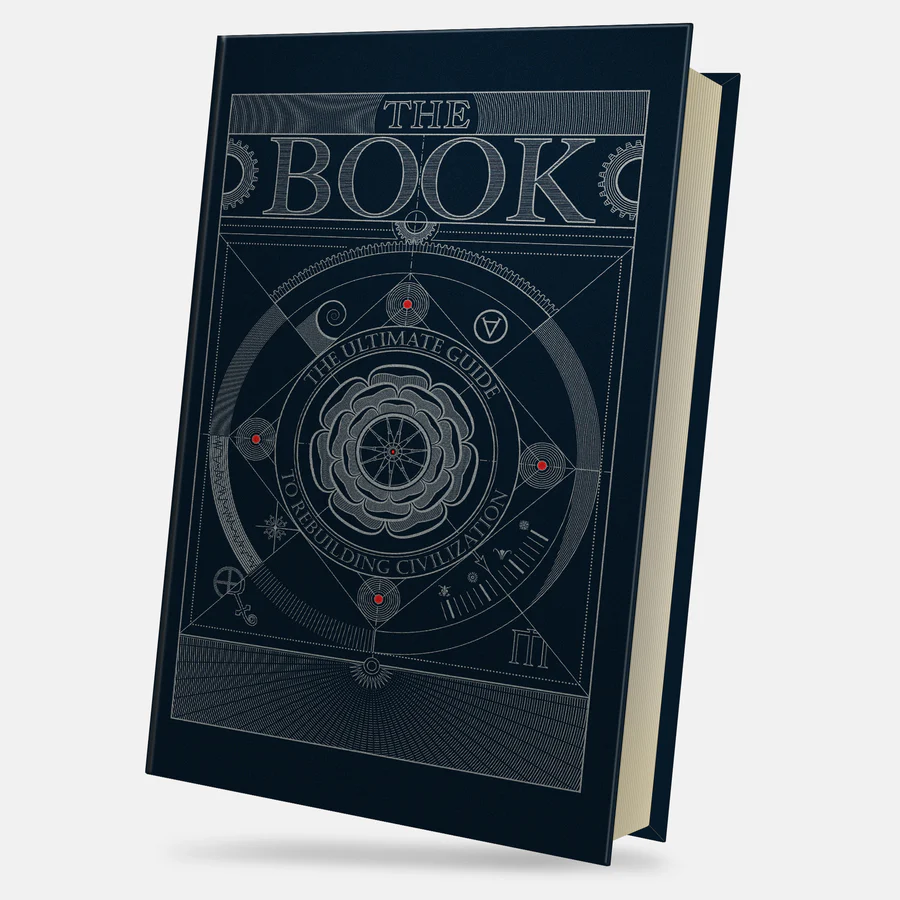A Comparison of the 5 Most Popular Arabic Dialects
Arabic is a rich and diverse language spoken by over 400 million people across more than 20 countries. However, learners often encounter one major challenge: Arabic isn’t a single spoken language, but a collection of regional dialects. Each dialect reflects local culture, history, and linguistic influence, making Arabic both fascinating and complex to study.
Whether you’re planning to travel, work, or connect with Arabic-speaking communities, understanding the differences between dialects can help you choose the right path. In this article, we’ll compare the five most popular Arabic dialects and explore how learners can benefit from choosing the right dialect—especially when enrolling in an intensive Arabic course online.
1. Egyptian Arabic (Masri)
Where it’s spoken: Egypt
Number of speakers: Over 100 million
Why it’s popular: Egyptian Arabic is arguably the most widely understood dialect across the Arab world, thanks to Egypt’s influential film, TV, and music industries. It has a melodic tone, and many learners find it easier to pronounce than other dialects.
Characteristics:
- Soft consonants and flowing vowels
- Frequent use of colloquial phrases
- Heavy presence in media makes it widely recognizable
Best for: Learners interested in pop culture, entertainment, or working in Egypt or with Egyptian communities.
2. Levantine Arabic (Shami)
Where it’s spoken: Lebanon, Syria, Jordan, and Palestine
Number of speakers: Around 40–50 million
Why it’s popular: Levantine Arabic is highly versatile and widely taught in Arabic courses for foreigners. It’s often seen as a “middle ground” between Egyptian and Gulf dialects, making it an appealing choice for those wanting broader understanding.
Characteristics:
- Pronunciation is softer and more lyrical
- Vocabulary is a mix of Arabic, French, English, and Turkish influences
- Used in business and social contexts alike
Best for: Learners with an interest in humanitarian work, journalism, or travel in the Levant region.
3. Gulf Arabic (Khaleeji)
Where it’s spoken: Saudi Arabia, UAE, Kuwait, Bahrain, Qatar, Oman
Number of speakers: Around 36 million
Why it’s popular: As Gulf countries have grown in economic and geopolitical importance, their dialect has become increasingly relevant for those working in energy, business, or diplomacy.
Characteristics:
- Deep, guttural pronunciation
- Many unique vocabulary terms not found in other dialects
- Varies slightly from country to country in the Gulf
Best for: Business professionals or expats working in Gulf countries.
4. Maghrebi Arabic (Darija)
Where it’s spoken: Morocco, Algeria, Tunisia, Libya, Mauritania
Number of speakers: Over 70 million
Why it’s popular: While Maghrebi Arabic may be less accessible for beginners, it’s essential for those interested in North African culture. Its unique blend of Arabic, Berber, French, and Spanish makes it sound quite different from other dialects.
Characteristics:
- Fast-paced and heavily abbreviated speech
- Large amount of foreign loanwords
- Often considered difficult for speakers of other dialects to understand
Best for: Advanced learners, or those living or working in North Africa.
5. Iraqi Arabic (Mesopotamian)
Where it’s spoken: Iraq
Number of speakers: About 30 million
Why it’s popular: Iraqi Arabic is historically significant and features a deep literary tradition. Despite its complexity, it’s a rewarding dialect for those studying Middle Eastern politics, history, or classical music.
Characteristics:
- Mix of Bedouin and urban speech patterns
- Strong Persian, Kurdish, and Turkish influence
- Rich poetic and literary expressions
Best for: Learners interested in history, academia, or Iraqi diaspora communities.
Modern Standard Arabic vs Dialects
Before diving into dialects, most Arabic learners begin with Modern Standard Arabic (MSA)—the formal version used in writing, news broadcasts, and official documents. While MSA provides a strong foundation in grammar and vocabulary, it’s rarely spoken in everyday conversation.
That’s why many language programs offer both MSA and dialect-specific training. If you’re serious about becoming conversational quickly, enrolling in an intensive Arabic course online that focuses on dialects is a smart move. These programs often integrate MSA for reading and writing, alongside your chosen spoken dialect for daily communication.
Choosing the Right Dialect for You
When deciding which Arabic dialect to learn, consider:
- Your goals: Are you learning for travel, work, heritage, or academic study?
- Your location: Where do you live, or which Arabic-speaking region do you visit most?
- Your access to resources: Some dialects (like Egyptian and Levantine) have more learning materials and teachers available online.
Final Thoughts
Arabic’s diversity is one of its greatest strengths—and biggest challenges. Whether you choose to focus on Egyptian, Levantine, Gulf, Maghrebi, or Iraqi Arabic, each dialect opens a new door into the rich cultural tapestry of the Arab world.
To accelerate your progress, consider enrolling in an intensive Arabic course online that allows you to practice with native speakers, engage in real-life conversations, and build fluency in your chosen dialect. With the right approach, Arabic doesn’t have to be intimidating—it can be an exciting and rewarding journey into one of the world’s most fascinating languages.

